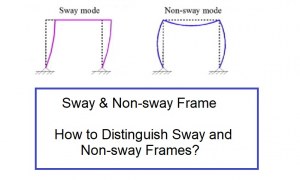🕑 Reading time: 1 minute
There are three different methods for design of steel structure, i.e. simple design, continuous design and semi-continuous steel design. Joints in structures have been assumed to behave as either pinned or rigid to render design calculations manageable. In simple design the joints are idealised as perfect pins. Continuous design assumes that joints are rigid and that no relative rotation of connected members occurs whatever the applied moment. The vast majority of designs carried out today make one of these two assumptions, but a more realistic alternative is now possible, which is known as semi-continuous design.Contents:
Methods of Steel Structure Design
Following are the methods of structural steel design:1. Simple Design of Steel Structure
Simple design is the most traditional approach and is still commonly used. It is assumed that no moment is transferred from one connected member to another, except for the nominal moments which arise as a result of eccentricity at joints. The resistance of the structure to lateral loads and sway is usually ensured by the provision of bracing or, in some multi-storey buildings, by concrete cores. It is important that the designer recognises the assumptions regarding joint response and ensures that the detailing of the connections is such that no moments develop that can adversely affect the performance of the structure. Many years of experience have demonstrated the types of details that satisfy this criterion and the designer should refer to the standard connections on joints in simple construction.


